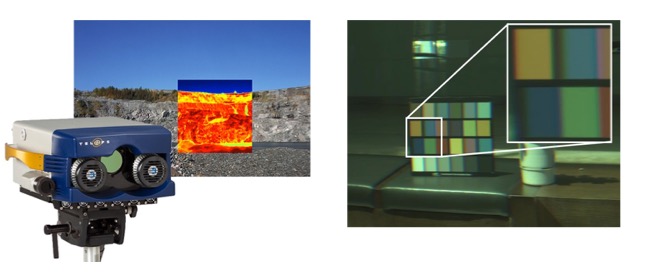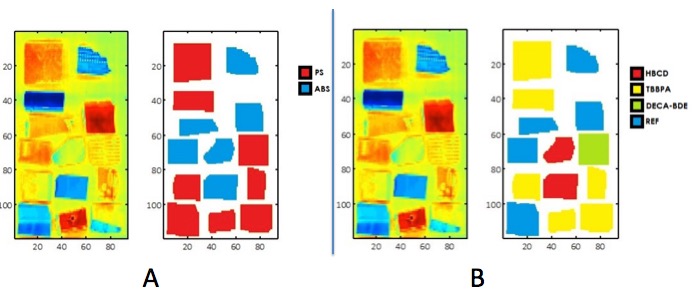Here are two facts about plastic recycling. Chances are that you know one of them and that you don't know the other. I sure didn't before today.
WHAT YOU PROBABLY KNOW
There are many different classes of plastic, each of which has very different physical properties depending upon the chemical structure of the monomer(s) (1) used to make them. Plastics can be hard or soft. Light or heavy. Inert to environmental degradation or readily consumed by bacteria. But before recycling plastics they need to be sorted. Polyethylene terephthalate (PET), which is what is used for bottled water, requires different conditions for recycling than polycarbonate plastics, most commonly used for lining food containers. Polyvinyl chloride (PVC, water pipes, vinyl siding...) is usually not recycled at all. Recycling of plastics more difficult than metals. It's a real pain.
WHAT YOU PROBABLY DON'T KNOW
Some plastics, such as those used in airplanes, electronics, and smoke detectors, contain fire retardants; there are a number of common chemicals used for this purpose. But this makes recycling even more challenging. Even if the same plastic is used in multiple different products, each containing different retardants, these must also be sorted according to which fireproofing chemical or class of chemicals was used. This is an even bigger pain.
CAMERAS, COLORS, AND CHEMISTRY
Thanks to a paper in the Journal of Spectral Imaging, which may have just barely missed your daily reading list (2), the process could become less painful. José Amigo, Ph.D. and colleagues from the Departments of Chemometrics and Analytical Technology and Food Science at the University of Denmark, have come up with a very clever (and visually pleasing) method for sorting. It relies on a very sophisticated camera and a technique called hyperspectral imaging to capture infrared radiation (heat) emissions from the fireproofing chemicals across one pixel at a time. This is seriously cool.

(Left) Telops Hyper-Cam IR Camera. Image: Telops Inc. (Right) A low-cost portable IR camera developed by scientists at the Korea Advanced Institute of Science and Technology. Image: SIGGRAPH
The "picture" from the camera is then processed using chemometrics, a method of data analysis that picks up hidden patterns associated with the different chemicals in each piece of plastic.

The use of hyperspectral imaging combined with chemometrics can identify (A) the type of polymer (PS = polystyrene, ABS = acrylonitrile butadiene styrene) and (B), the fireproofing chemical used in the plastic. (HBCD = 1,2,5,6,9,10-hexabromo-cyclododecane, TBBPA = 3,5-tetrabromobisphenol A, Pentabromophenyl ether (DECA-BDE). The blue shapes are reference samples, which have no fire retardant added. Source: "Application of hyperspectral imaging and chemometrics for classifying plastics with brominated flame retardants." Journal of Spectral Imaging Volume 8 Article ID a1 (2019 ).
But will it work in real life? Dr. Amigo says yes:
"Recycling plastics has been studied for many years. Indeed, some commercial cameras separating a limited number of plastic types have been available for some time. However, in this research, we wanted to go a step further to separate plastics containing flame retardants. Moreover, the proposed methodology was tested with real samples that can be found in current recycling lines."
A word for amateurs - your iPhone won't do this. Systems using hyperspectral imaging combined with chemometrics cost about $50,000.
NOTES:
(1) Polymers are made of repeating units of a chemical (monomer) that has been polymerized by a chemical process. They may be made up of only one chemical (styrene ---> polystyrene) or two (BPA + phosgene ---> polycarbonate plastic).
(2) That's why ACSH is here! If you happen to accidentally miss an issue of the Journal of Spectral Imaging you can bet that we have your back.
Original source: D.Caballero, M. Bevilacqua, J. Amigo. Journal of Spectral Imaging, 2019, (8) Article ID a1. doi: 10.1255/jsi.2019.a1

